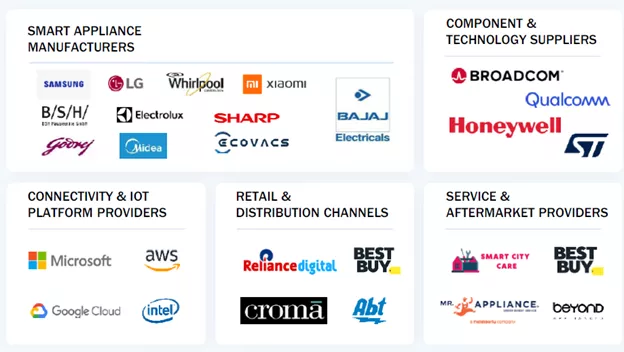The functional safety market size is predicted to grow from USD 5.2 billion in 2022 to USD 7.2 billion by 2027, at a CAGR of 6.8%.
Industry 4.0 involves new digital industrial technologies in which sensors, machines, and IT systems are connected along the value chain. The concept of Industry 4.0 evolved in Europe and is widely used in the manufacturing sector worldwide. The wide adoption of Industry 4.0 by manufacturing companies requires the integration of functional safety and cybersecurity to reduce risks associated with hazardous events caused by the malfunctioning of programmable electronic devices.
Download PDF Brochure:
https://www.marketsandmarkets.com/pdfdownloadNew.asp?id=146773188
Automotive is expected to grow at the highest CAGR from 2022 to 2027, owing to key growth trends in the automotive industry such as electrification, autonomous driving, and vehicle connectivity features, which are driving the demand for vehicles across the world. Functional safety systems play a vital role in the automotive industry. Machine safety systems used in the automotive industry detect unsafe conditions and trigger actions to reduce unsafe conditions. Safety devices such as safety sensors, safety PLCs, and emergency stop devices are widely used to mitigate the impact of the risks associated with dangerous processes.
The Industrial Internet of Things (IIoT) is creating new opportunities for integrated safety and compliance services. IIoT can acquire data from sensors that measure pressure, level, and the flow of liquids, temperature, and vibration, and send this collected information to monitoring systems. The data is transmitted through wired and wireless networks that provide real-time analysis, alerts, and possible solutions in case of any emergency. Using IIoT, companies can integrate their processes with safety systems and can monitor the same in real-time. The Industrial Internet of Things (IIoT) provides the benefits of low-cost, low-power microprocessors to improve safety, usability, and energy efficiency while meeting industrial expectations of security and reliability.
Functional safety system manufacturers require a workforce with relevant certifications to enable the proper handling of functional safety systems. The technologies and skillsets used in functional safety systems require trained workers to handle the systems. Moreover, industries are increasingly focusing on adopting new safety technologies, and for that, they required a skilled workforce; but they are facing a shortage of skilled functional safety certified workforce. Due to this, developing countries continue to struggle with the efficient implementation of functional safety solutions in industrial automation. Hence, the lack of a skilled workforce poses challenges to the overall growth of the functional safety system market.
Wednesday, May 17, 2023
Rising Demand for Reliable Safety Systems to Drive Growth in Functional Safety Market
Subscribe to:
Post Comments (Atom)
Smart Home Appliances Market: Revolutionizing Modern Living Through Connected Intelligence to 2030
The Connected Home Revolution Smart home appliances are becoming a central pillar of modern households as consumers increasingly adopt conne...

-
In the ever-evolving landscape of industrial automation, ensuring the safety of workers and machinery is paramount. Machine safety solutio...
-
The global 3D machine vision market is expected to be valued at USD 2.13 Billion by 2022, growing at a CAGR of 11.07% between 2017 an...
-
Major factors driving the market for AI infrastructure include increasing adoption of cloud machine learning platform, escalating demand f...
No comments:
Post a Comment